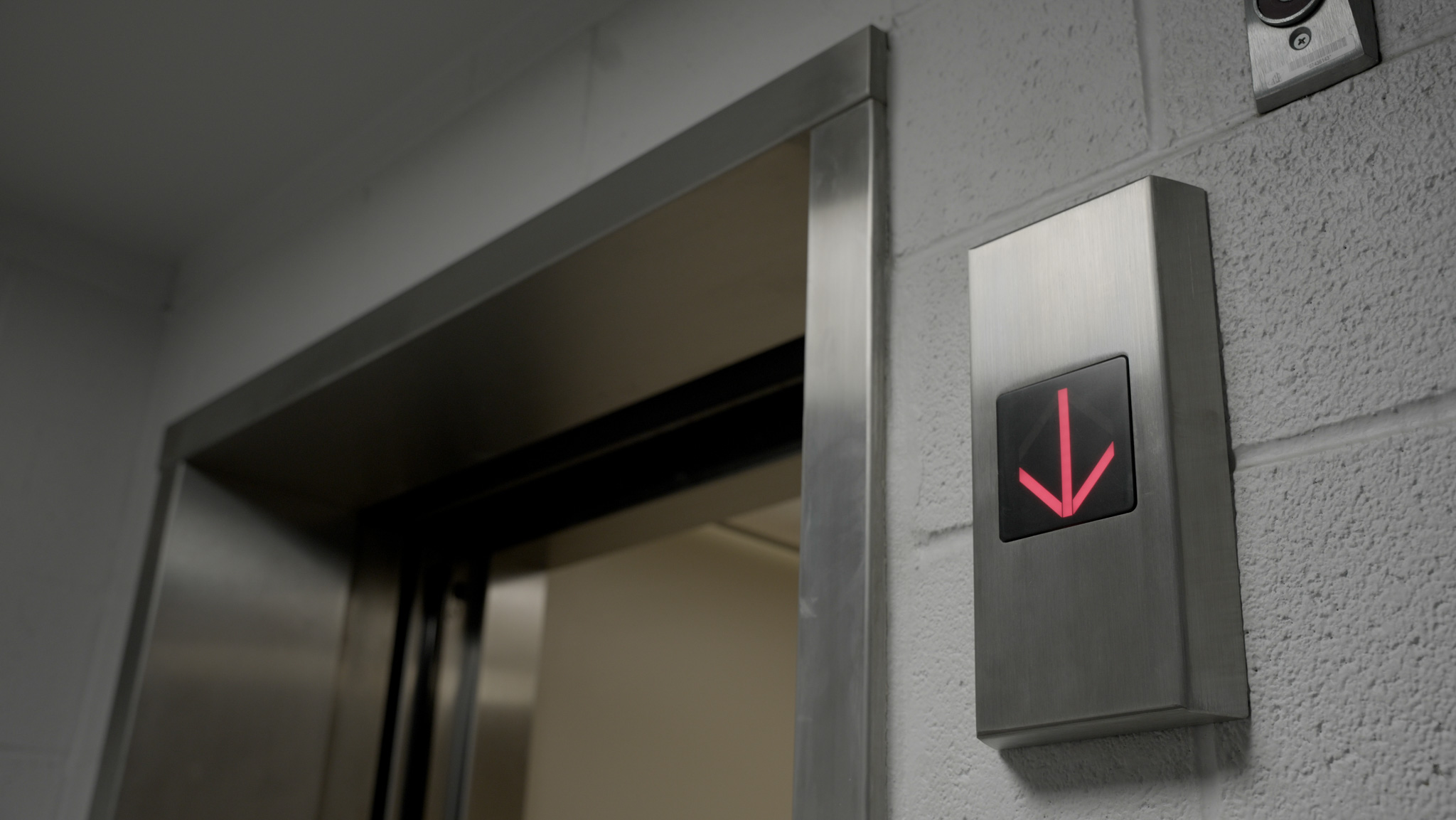Roughly a year ago, the elevator in the Administration Building went out of operation. What was originally thought to be an issue with the elevator jack turned out to be a much larger problem; when workers went to replace the jack they discovered that they couldn’t get it down far enough because dirt had gotten into the hole.
Brian Mast, director of facilities, said the hole for the jack was about 45 feet into the ground, and “because the water table is so high, water came up in [the hole]. And when the old [jack] failed, there was oil, like hydraulic fluid, floating on top of that water, and so they had to pump it out so they could dispose of it properly.”The hole has a cap that was supposed to keep the dirt out, but the cap failed, so when they pumped the water out the pressure brought dirt into the hole. The dirt prevented the jack from fitting all the way into the hole. Mast reported that it had “four feet sticking out.”
One of the ideas proposed at the time was redrilling the hole and replacing the casing which would have cost roughly $140,000. “That didn’t feel like a good plan,” Mast recalled, “So we were trying to think how could we do it differently? Is there another option? Because we knew we had a good casing … We needed to evacuate the casing and keep the dirt from going up.”
Others heard of the issue through the grapevine and eventually Mast came into contact with Anderson Elevator Drilling. Their solution included flooding the hole and part of the elevator shaft and then sticking a pipe down the hole that would release high-pressure air to create a vacuum.
“It sucked the dirt and water up and deposited it into the shaft,” Mast said, “but because the elevator shaft was flooded with water, there was always water pressure pushing down so that nothing new could come up.” This alternative solution ended up costing $10,000 as opposed to the $140,000 predicted for drilling a new hole and installing a new case.
While the elevator repair posed challenges to the Facilities staff, it also had a positive impact on students and faculty. Michelle Blank, academic success director, was grateful for the communication from Facilities that allowed them to work proactively with students with known mobility issues to move classes to accessible locations.
Additionally, Blank said, “We reached out to faculty who were scheduled to have a class [in the Admin Building] and said day one please acknowledge that we don’t know when the elevator will be repaired and ask your students if this is a difficulty for them.”
Blank emphasized that difficulty did not include feeling inconvenienced but instead was for people who had “hidden disabilities or conditions that don’t rise to the level of a disability, but without the elevator could really start to [become a bigger deal]. For a condition to rise to the level of a disability it has to interfere with life activities in a certain way and learning is one of those.”
Blank said, “[This experience] helped us to put together kind of a campus list of other areas that either have accessibility issues or could potentially be accessibility issues if something like this were to happen again just to raise awareness among Facilities and planning.”


